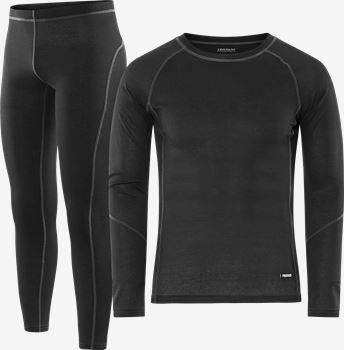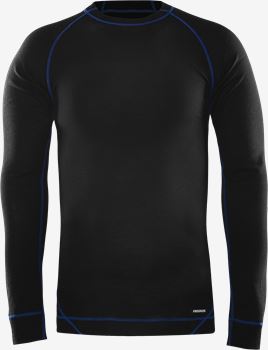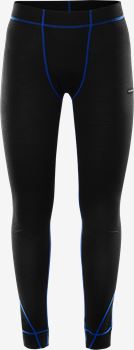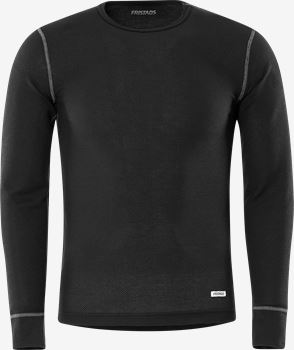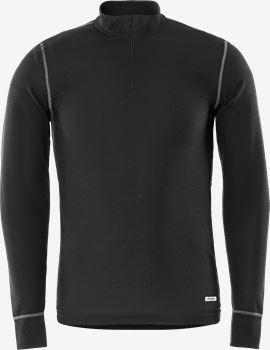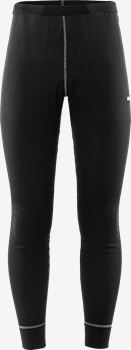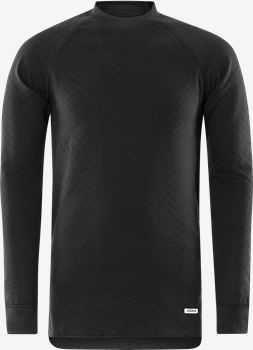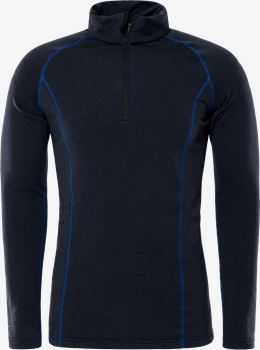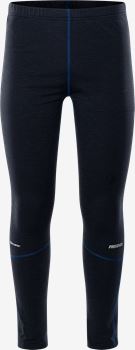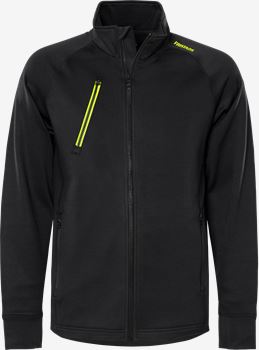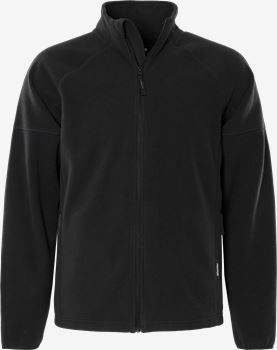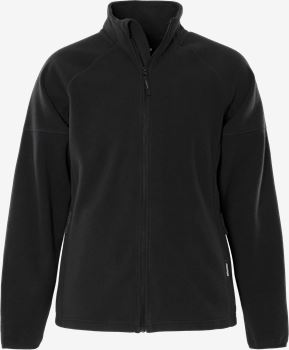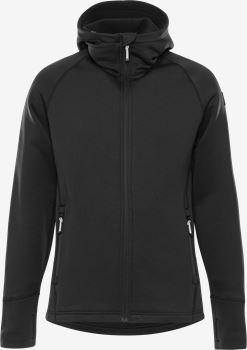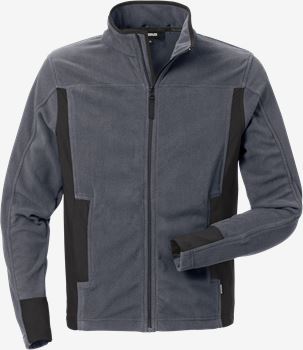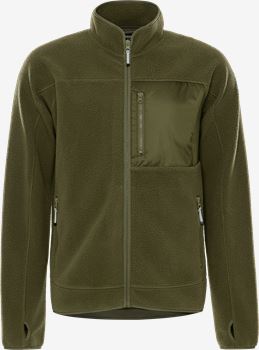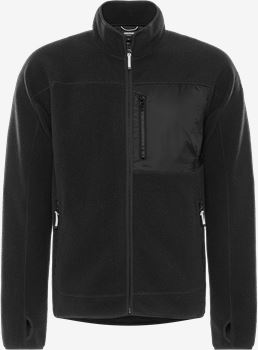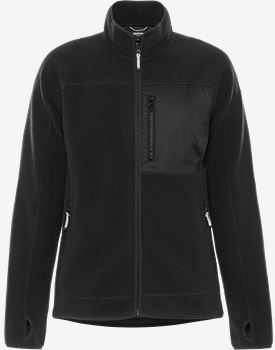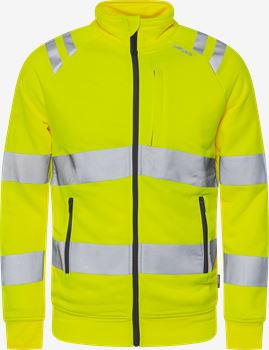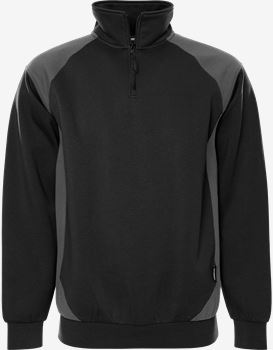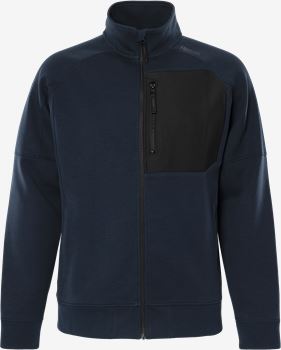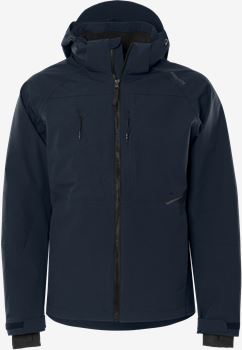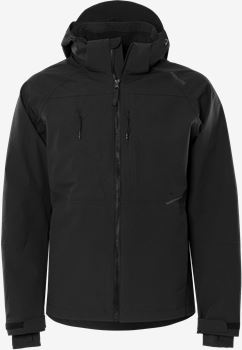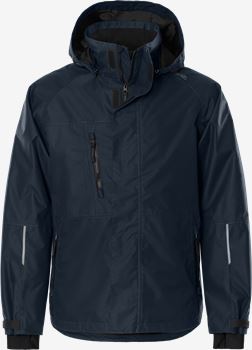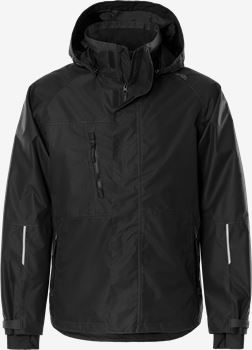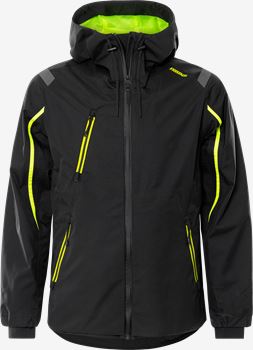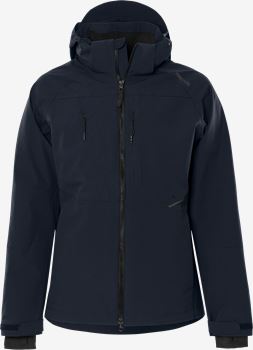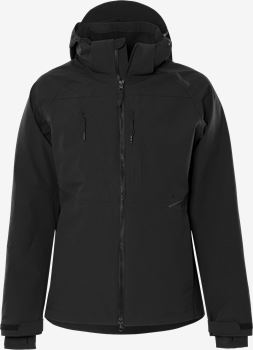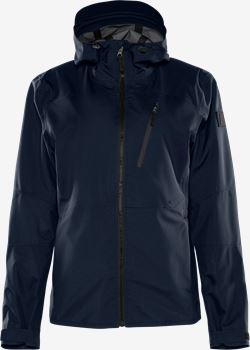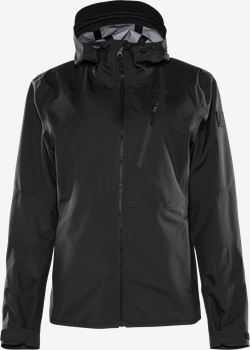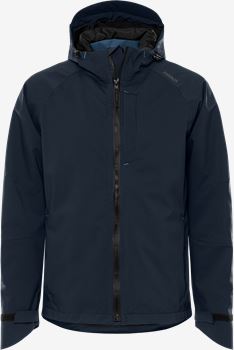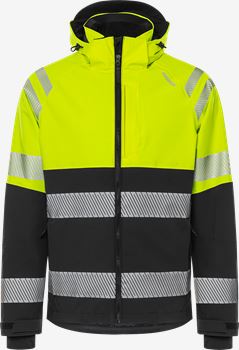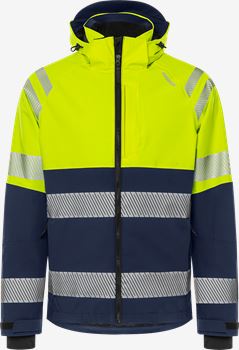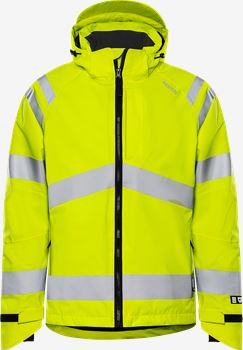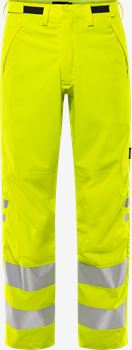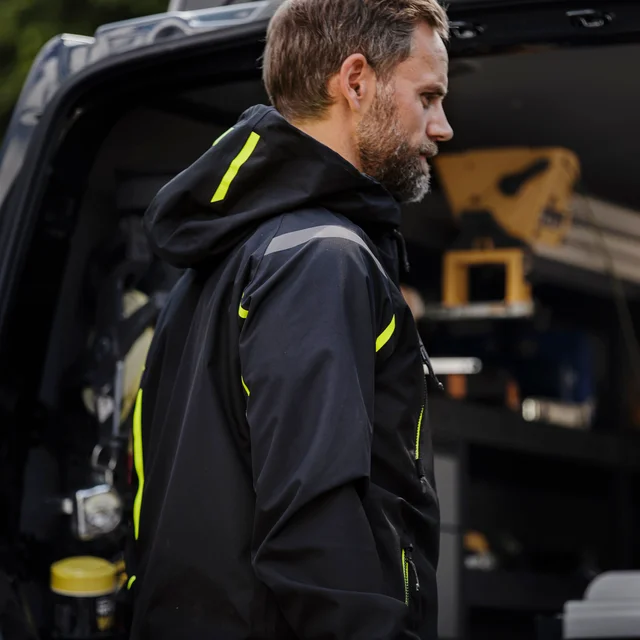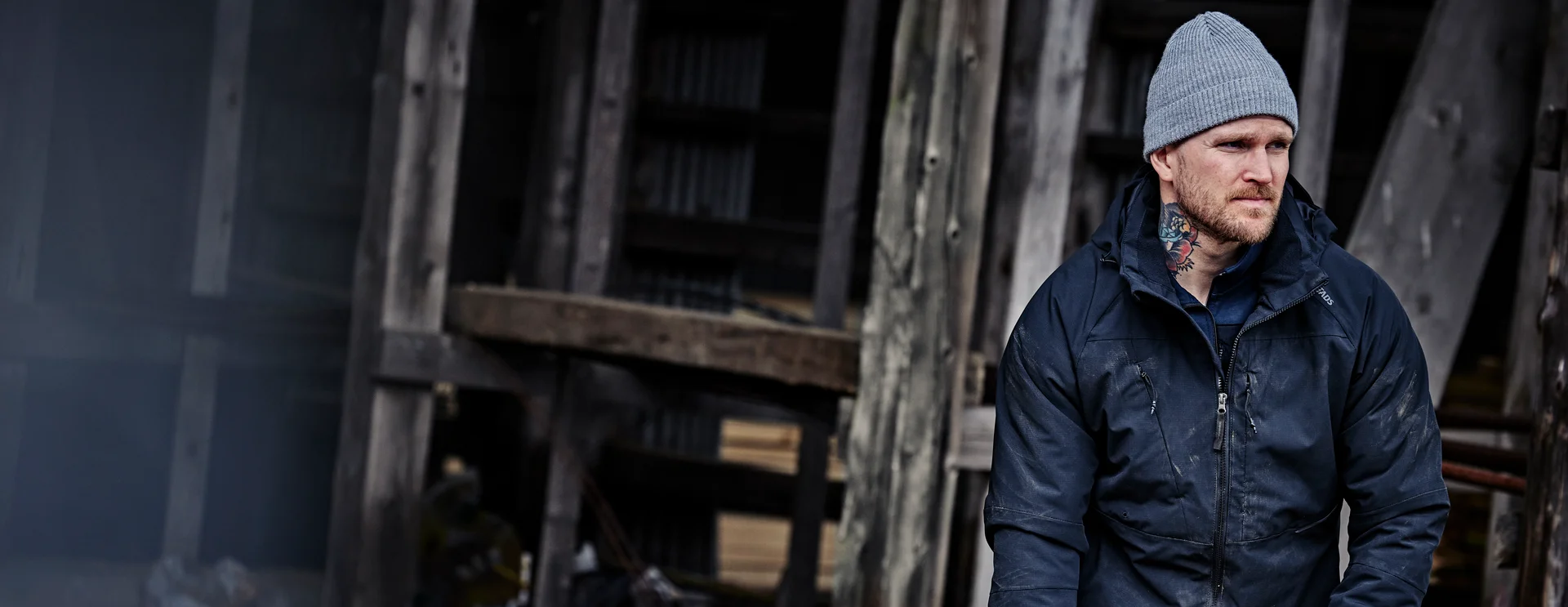
The 3-layer principle
HOW TO LAYER CLOTHES
Simply put, the 3-layer principle is all about layering with garments to stay warm and dry from the inside out. Dressing according to the 3-layer principle means you utilise the properties of different types of garments for moisture transportation, insulation, and protection against rain, wind and snow. The set-up also offers flexibility during the workday where you easily can add or remove a layer if needed.

3-layer principle
HOW TO LAYER CLOTHES
Simply put, the 3-layer principle is all about layering with garments to stay warm and dry from the inside out. Dressing according to the 3-layer principle means you utilise the properties of different types of garments for moisture transportation, insulation, and protection against rain, wind and snow. The set-up also offers flexibility during the workday where you easily can add or remove a layer if needed.
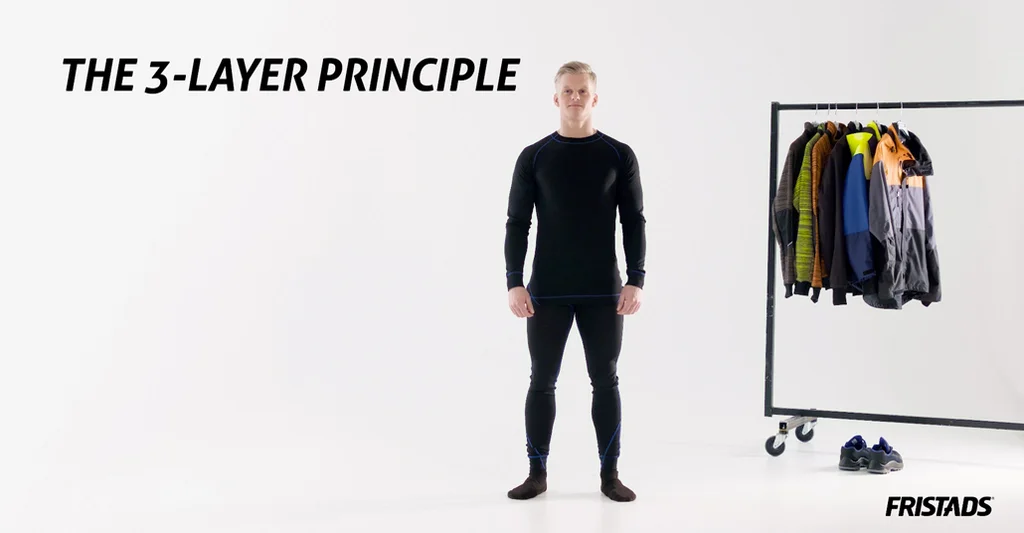
Layer 1: Work intensity
The main purpose of the base layer is to regulate the body temperature. To stay comfortable, it is key to stay dry, so depending on the intensity during work you should either go for a moisture-wicking layer in synthetic materials or a warming wool base layer.
Layer 1: Work intensity
The main purpose of the base layer is to regulate the body temperature. To stay comfortable, it is key to stay dry, so depending on the intensity during work you should either go for a moisture-wicking layer in synthetic materials or a warming wool base layer.
Layer 2: Insulation
While active work demands high moisture transportation, a more stationary workday demands higher insulation to stay warm. Based on this, it is important to choose a suitable thickness of the mid-layer. For active work tasks a fleece jacket or sweatshirt will do the job, while a down puffer jacket will suit the more stationary work tasks.
Layer 2: Insulation
While active work demands high moisture transportation, a more stationary workday demands higher insulation to stay warm. Based on this, it is important to choose a suitable thickness of the mid-layer. For active work tasks a fleece jacket or sweatshirt will do the job, while a down puffer jacket will suit the more stationary work tasks.
Layer 3: External protection
Layer 3 offers protection against the elements, rain, wind, and snow. A shell jacket that is waterproof and windproof works well as an outer layer during spring and autumn season. But really cold winter days may demand a thicker jacket to offer the best protection.
Layer 3: External protection
Layer 3 offers protection against the elements, rain, wind, and snow. A shell jacket that is waterproof and windproof works well as an outer layer during spring and autumn season. But really cold winter days may demand a thicker jacket to offer the best protection.

